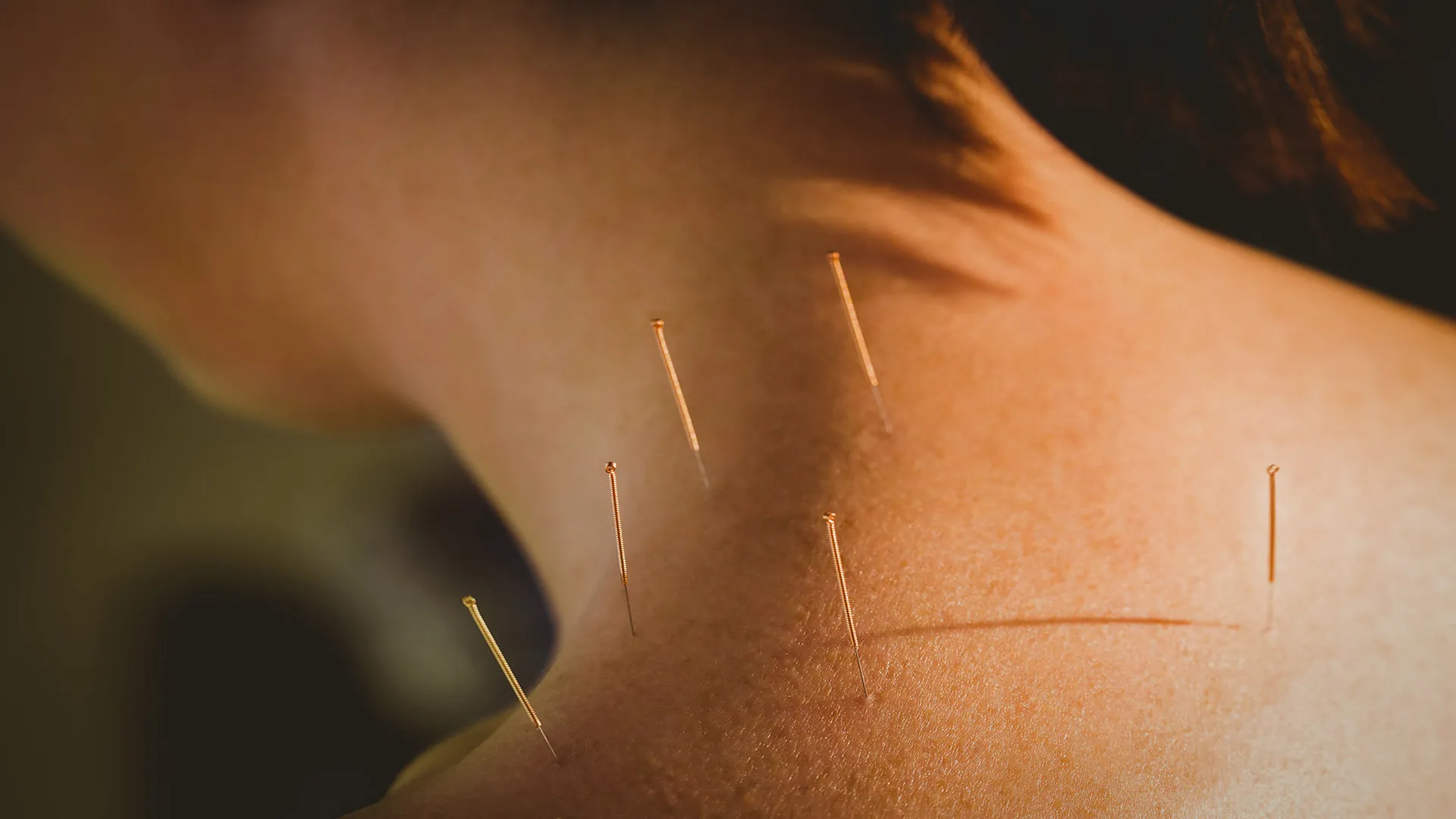
Imagine a healing art so ancient it predates written history yet so enduring it’s embraced by millions worldwide today. Born in the cradle of Chinese civilization, this mystical practice has transcended time and borders and challenged our understanding of health and wellness. From imperial courts to modern clinics, acupuncture’s journey is a testament to human ingenuity and the timeless quest for healing.
Acupuncture, an ancient healing practice with roots stretching back over two millennia, has captured the imaginations of healers and patients across cultures and continents. With an unprecedented rise in popularity worldwide, understanding its rich culture becomes a criterion.
In this blog, we are going to focus on the interesting origins and the evolution of acupuncture healing in Buffalo Grove and how this ancient wisdom offers holistic healing to our modern world.
The Ancient Origins of Acupuncture
The story of acupuncture begins in ancient China, and the experts traced the earliest root back to the Shang Dynasty (1600–1046 BCE). Legend attributes the founding principles of acupuncture to the Yellow Emperor Huangdi, whose treatise “The Yellow Emperor’s Classic of Internal Medicine” (Huangdi Neijing) in Traditional Chinese Medicine (TCM) from the 3rd century BCE remains a cornerstone of Traditional Chinese Medicine (TCM) to this day.
This seminal text introduced the Meridians’ concept of life energy, or Qi, which flows through several organs in our bodies. Practitioners inserted ultra-thin needles at specific acupoints to influence the flow of Qi so that the experts could restore harmony and balance within the body.
Interestingly, some scholars speculate that acupuncture may have even earlier origins. For example, they have found sharpened stones and bones, which are interpreted as possible acupuncture tools dating back to about 6000 BCE, though their exact purpose remains debated.
The Philosophy Behind the Practice
Acupuncture is deeply connected with traditional Chinese philosophy, especially the concepts of Yin and Yang and the Five Elements at its core. These principals gave importance to maintaining the balance in nature and within the human body because they thought disease was the result of an imbalance of these forces. Experts used acupuncture therapy not just to treat symptoms but also to restore overall balance in the body’s energy systems.
- Qi (Chi)
- Yin and Yang
- Five Elements: Wood, Fire, Earth, Metal, and Water
- Meridians
The Role of Traditional Chinese Medicine (TCM)
TCM is considered a broader system that includes dietary therapy, acupuncture, herbal medicine, massage (Tui Na), and other movement exercises like Tai Chi and Qigong. Experts combine these modalities to prevent disease and promote health through maintaining the balance of Qi throughout the body. In TCM, the experts give importance to treating the whole person rather than isolated symptoms.
Cultural Expansion and Global Recognition
While acupuncture therapy remained within China for centuries, it gradually spread to neighboring countries like Korea and Japan, where they adapted the therapy to local medical traditions. However, in the 20th century, acupuncture began to gain recognition in the Western world.
This amazing alternative therapy came to light when New York Times reporter James Reston underwent an emergency appendectomy in China in 1971 and wrote an article about receiving acupuncture for post-operative pain relief. This event opened the doors for cultural exchange and scientific exploration of acupuncture’s potential.
Acupuncture in the Modern Era
It finds its roots in ancient philosophy, but nowadays acupuncture often behaves more like a passage from the old days to this modern science. A lot of research continues to unveil physiological mechanisms through which acupuncture exerts its effects, and more researchers are finding out its impact on the nervous system, immune function, and hormone regulation.
Experts have also used acupuncture therapy from almost 113 countries according to the World Health Organization, and it is offered as a conventional treatment for pain management, nausea relief, and many other chronic conditions.
Research has shown promising results for acupuncture in treating various conditions, including:
- Chronic pain
- Migraines and headaches
- Nausea and vomiting
- Allergies and asthma
- Anxiety and depression
Cultural Significance and Spiritual Aspects
Acupuncture holds deep cultural significance beyond its physical applications. In TCM, the therapy allows you to harmonize mind, body, and spirit. The overall procedure of acupuncture—the mindful insertion of needles and the careful selection of points—can create a wholesome experience for both patients and practitioners.
Challenges and Adaptations
As acupuncture therapy is popular across the world, many people face challenges culturally. Since the concepts of Qi and meridians don’t always align with Western medical models, it leads to ongoing debates about its mechanisms of action.
For example, even in China, people temporarily declined this ancient practice to get the benefits of modernized medicine during the early 20th century. However, acupuncture saw a revival, blending traditional wisdom with modern medical knowledge.
Preserving Cultural Heritage in Modern Practice
The stronger acupuncture gains its foothold in the West, the harder the people try to retain its roots in culture. Many acupuncture schools now include courses in Chinese philosophy and traditional diagnostics with the modern knowledge that the practitioners understand the holistic worldview thoroughly.
A Bridge Between Traditions!
In our interconnected world, as a healing art, acupuncture has withstood the test of time and it is a very important insight into the importance of approaches to holistic health as well as the body’s capabilities for healing.
Whether seeking relief from chronic pain, stress management, or overall wellness, many find value in this ancient practice. As we continue to explore and understand acupuncture’s cultural roots, we gain much more than just a medical technique; we have found a window into a profound philosophy of health and healing—one that reminds us of the delicate balance within our bodies and our connection to the world around us.
However, if you want to book our acupuncture healing session at Palmleaf Massage & Wellness in Buffalo Grove, contact us at 847.961.4800 or book online.
